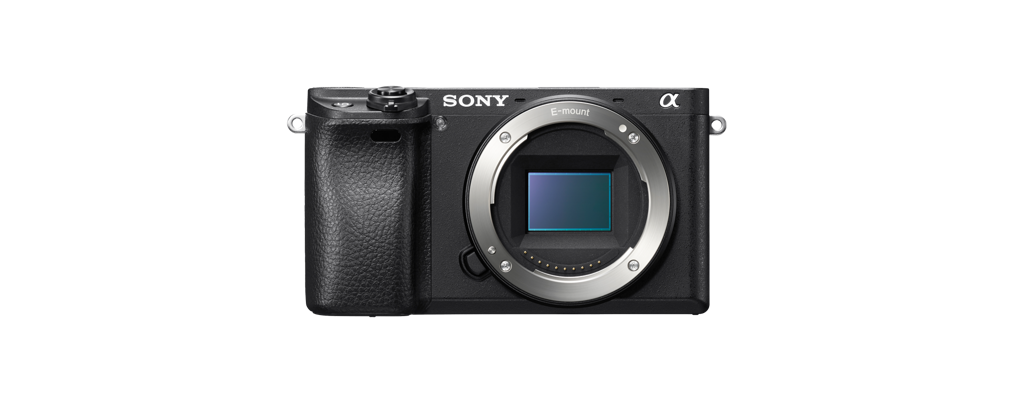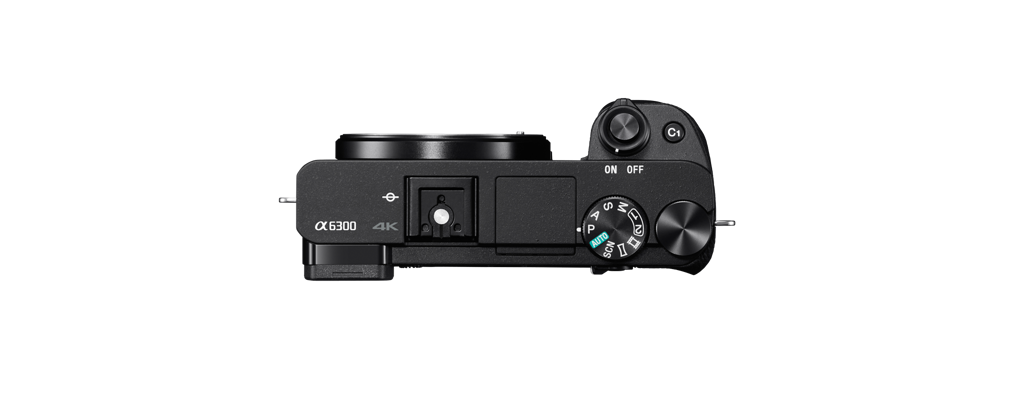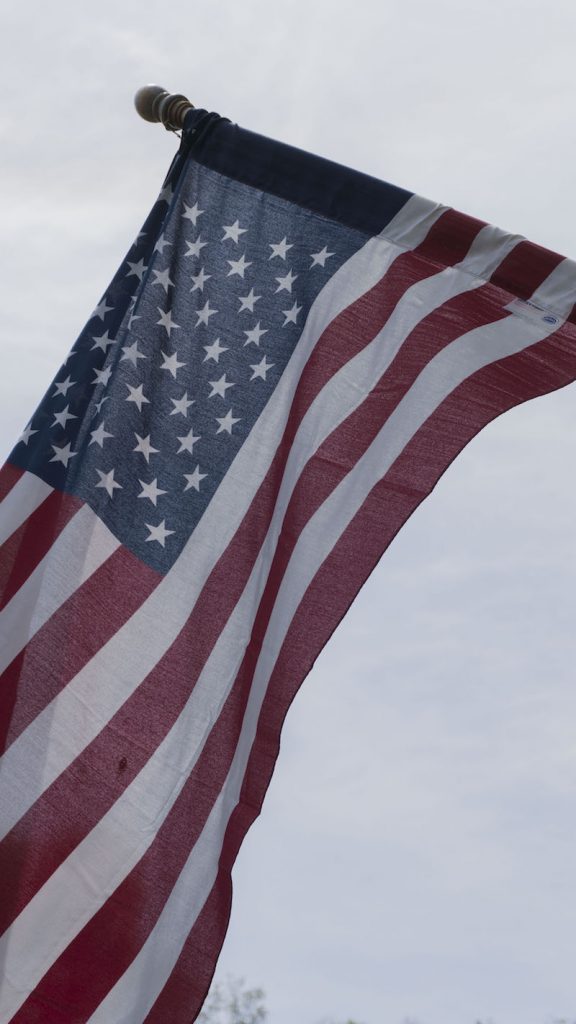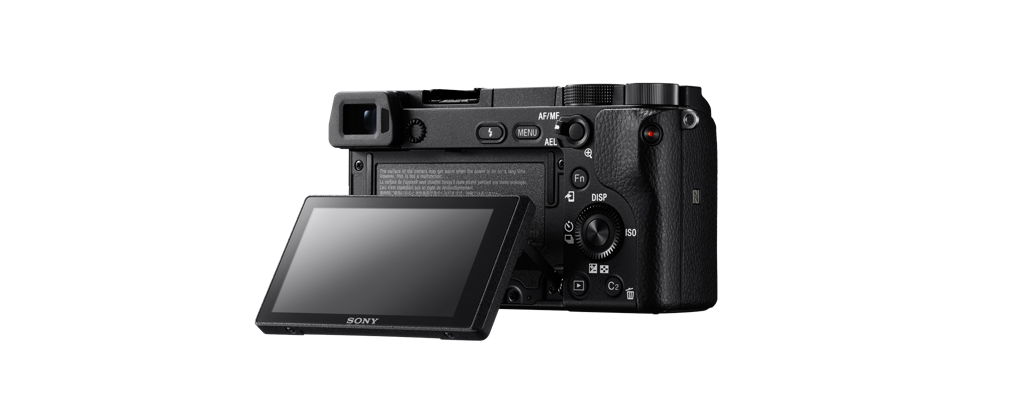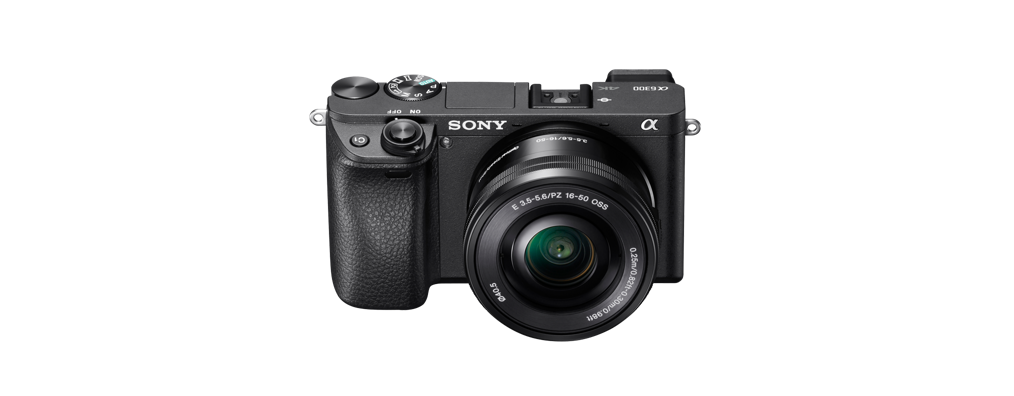Coming from a Canon 5D Mark II to a Sony Alpha a6300 Mirrorless Digital Camera with 16-50mm Lens
A week with the Sony A6300
INTRODUCTION
[pullquote align=”full” cite=”” link=”” color=”” class=”” size=””]With the Canon 5D Mark IV on the horizon it was a great time to get top-dollar for my Canon 5D Mark II. 4K video is something I’ve been interested in lately, and I can’t help but be fascinated by the mirrorless revolution that seems to be taking place.[/pullquote]
I’ll have to begin with a little bit of background information regarding the circumstances of going from a Canon 5D to a Sony Alpha a6300 Mirrorless Digital Camera with 16-50mm Lens
. It’s certainly not in the same league and in my opinion the cameras shouldn’t be compared.
Up until now I’ve shot a Canon 5D Mark III as my primary camera, and a Canon 5D Mark II as my backup camera. When shooting weddings I always use two cameras so I have a backup in case a card or camera goes bad, and also so I don’t have to switch lenses as often.
With the Canon 5D Mark IV on the horizon it was a great time to get top-dollar for my Canon 5D Mark II. 4K video is something I’ve been interested in lately, and I can’t help but be fascinated by the mirrorless revolution that seems to be taking place.
With the cost of a Sony A7RII or A7S being north of a Canon 5D Mark III, I couldn’t stomach spending all that money and taking the plunge on something I’m not comfortable with. Upon the release of the A6300, it seemed like a cousin to the full-frame counterparts sharing many similar features, and the best part was it was just about the same price as the 5D Mark II that sold.
With many reviews available, I want this to be less of a ‘review’ and more of an experience. An experience from the perspective of someone comfortable with larger DSLR’s, so I’ll go in order of my experience.
UNBOXING
A small square box showed up at my office, with a small square retail box inside. Opening the box are several layers of instructions, warranty cards, brochures for lenses, etc. Lifting the lid under the documentation reveals two compartments, one half of the box is a white cloth with the camera, and the other side has the included accessories, which were a USB charger, USB cable, battery, and neck strap. The first thought I had was “How long will the battery take to charge?”. The answer: the battery was at about 10% upon turning on the camera, it took just more than an hour to charge to 100%.
ERGONOMICS
The weight and feel of the camera is excellent. It’s metal body provides some weight and makes it feel real and luxurious, not cheap or cheesy. The right hand grip is nice, albiet a bit small for my large hands, but after all a major reason to go mirrorless is size, so this was expected.
My thumb is easily able to access the rear controls without much contorting, and the shutter is in a comfortable spot. My one major complaint, and a serious factor in my decision to not keep this camera was the position of the aperture wheel. For my hands, it seems the mode dial, and aperture dial should be reversed. Changing the aperture and shutter with one hand proved nearly impossible. To make things more complicated, the aperture wheel is relatively stiff compared to the wheels on the Canon.
Another complaint is a weird positioning of the movie record function on the right side of the right hand grip, and lastly the memory card and battery share a compartment underneath the camera. This means when using a tripod, you’d have to remove the camera from the base to change the memory card or the battery. With the size of the 5D series, even though the battery compartment is on the bottom, its’ wide enough that I can drop the door and swap the battery without removing from a tripod, and of course Canon puts the memory card door on the side of the camera. Lastly, the battery/memory card door doesn’t ‘auto-lock’ when closed like on all Canon cameras. You have to manually move the switch back to lock the door closed. These are just subtle things I noticed, and likely won’t be an issue for most people.
PHOTO QUALITY
[pullquote align=”full” cite=”” link=”” color=”” class=”” size=””]Upon bringing over the Sony RAW (.ARW) files into Lightroom I was pleasantly surprised by the quality of the image. [/pullquote]
The first test of the camera was taking studio photos on a light table for product photography. The auto white balance is horrendous on this camera. The 5DMark III rarely requires correction on my photo table with daylight balanced CFL lights. Although, all things considered the older 5D Mark II would always leave a green tinge that I needed to correct in post.
Upon bringing over the Sony RAW (.ARW) files into Lightroom I was pleasantly surprised by the quality of the image. I was using the kit lens (17-50mm), and there was fringing but this was liekly the lens and not the camera, and I get nasty fringing with my 24-105 L glass on the Canon side, so I’m used to seeing it. Most impressive was the crop factor the few extra megapixles provide. I was impressed how far I could zoom in on the product with great detail and no quality loss, and the picture was very sharp considering the lens. In short, the picture quality was certainly DSLR quality, and seemed to exceed the quality I’d get from a less expensive camera like a Canon Rebel DSLR.

A 100% Crop of the flag photo seen in the EVF section.You can really see the detail of the fabric from far away.
Speaking of the lens, although light and compact, I was surprised to see upon turninig on the camera the lens protrudes quite a bit as if it’s fully zoomed, but just gets bigger as you zoom. Not a deal breaker, but for the fantasy of traveling with a tiny light weight camera that can give me DSLR quality, this doesn’t fulfill the promise. Don’t be fooled, while the powered off lens appears almost like a pancake, that is not an ‘operational’ size of the lens.
The next day I took to nature and shot some photos of flowers, trees, sunshine, and textures. The colors out of the camera were great, especially the greens. Shallow depth-of-the field was creamy with the kit lens, and again was DSLR quality. This is definitely a serious contender against full size DSLR’s for image quality without question!
ELECTRONIC VIEWFINDER (EVF)
One thing that made me pass on the Panasonic GH4 when I checked it out at a photography convention was the EVF. It was rather low resolution and I wondered how one could possibly achieve critical focus with such a terrible viewfinder. If you’re not familiar, where in a DSLR you see what the lens sees directly, hence the “mirror” reflects the image in the lens into the viewfinder. Without a mirror, there is actually a tiny digital screen in the viewfinder that displays what the lens is seeing.
One major advantage I instantly noticed of this arrangement, was a true “what you see is what you get” experience. No more dark depth-of-field preview, no more taking the shot, than peaking at the screen to see how it came out. What you see in the viewfinder is exactly what the camera will capture. Well over a decade of ‘shoot and peak’ made me look at the screen after every shot regardless.
[pullquote align=”full” cite=”” link=”” color=”” class=”” size=””]The actual quality of the EVF is stunning on the Sony. It’s light years ahead of the Panasonic GH4 in terms of clarity.[/pullquote]
One major downside, is you don’t see a ‘real’ version of what your going to get, but almost a virtual reconstruction. Shooting into the sun for example, I found the EVF to be terrible – it was difficult to see the contrast. The same goes for shooting into the sky, I noticed it was difficult to see my actual exposure when taking a photo of a raised flag with the blue sky as a backdrop. I found the same issue at the opposite end of the spectrum, when taking some pictures indoors in a darker space the EVF provides a picture that seems to bright for the environment. Again, these were not deal breakers, just nitpicking.
The actual quality of the EVF is stunning on the Sony. It’s light years ahead of the Panasonic GH4 in terms of clarity. You can easily achieve critical focus with the OLED viewfinder.
Another complaint with the EVF was a delay. I don’t want to say lag, because I’ve seen other EVF’s that actually have a lag between when the camera moves and the EVF catches up, this is NOT the case with Sony, any lag is imperceivable. However, after taking a picture there is a brief pause until the EVF refreshes back to the Live View. Interestingly, the camera will continue to shoot additional pictures, but you won’t see what your getting until after the fact. I’m wondering if this is a setting that might be configurable, but I”ll get to menus later.
BATTERY LIFE
The battery life sucks. Plain and simple, it sucks. If you’re a tourist taking some pictures here and there during the day the battery is perfect. You’ll easily get a day out of your camera with 400+ photos without worrying about a dying battery. For the professionals, taking for example 400+ pictures just at a church ceremony, it’s simply not realistic. Now, I realize no professional photography is going to use an A6300 for wedding photography, but this battery issue is shared with the larger siblings from all reports – so again, in testing the waters of the mirrorless world be prepared. My advice is buy a few extra batteries.
MENUS AND SETTINGS
I went into this a bit jaded, I had read several complaints about Sony having a poor menu system prior to receiving the camera. I actually found the menu structure to be quite clear and common sense, I didn’t have to hunt to hard to find certain options and functions. However, where I agree there is a serious problem is in navigating the menus. With no touch screen, you can’t just touch a header or category, it takes quite a few spins and clicks to get where you want to go, so in short I agree the menu system stinks, but for different reasons than other reviews in which I have seen.
VIDEO QUALITY
[pullquote align=”full” cite=”” link=”” color=”” class=”” size=””]What surprised me was that the camera overheats and shuts down![/pullquote]
This is where the real magic is to happen! I couldn’t wait to shoot some stunning 4K eye candy! This camera shoots well, and I was blown away by the 4K footage that came out of camera with a few exceptions. The rolling shutter is terrible in the camera, so video with any significant motion or movement is rough as a result.
The deal breaker for me was not that there is a 30 minute video limit, as my 5D’s (without Magic Lantern) would hit the 4GB fat limit per clip. What surprised me was that the camera overheats and shuts down! To make matters worse, if it’s hot out it might overheat faster. Some reports claim that even doing photography only can cause the camera to overheat. Unfortunately, this is where I draw the line. Reliability is paramount for me, and I’ve never had any of my Canon DSLR’s fail. I’ve had a corrupt card, and a lens issue once, but never did I have a genuine legitimate concern that my camera would suddenly stop working.
How long does it take to cool back to being able to operate again? 1 minute? 20 minutes? Is it hot out? Am in the AC? These are simply questions I can’t afford to ever ask. Again, it would seem the full-frame Sony counterparts suffer the same problems from reports I’ve seen.
AUTO-FOCUS
[pullquote align=”full” cite=”” link=”” color=”” class=”” size=””]The auto-focus on the Sony is lightning fast both for photography and video. [/pullquote]
Since video quality was discussed, it’s important to note the incredible autofocus system. Coming from Canon I’m used to manual focus in all video modes. The auto-focus on the Sony is lightning fast both for photography and video. For photography it didn’t seem notably faster than the Canon with a USM lens, but with video, wow! It just seemed to know what to focus on and when to focus instantly, and thank god it does, because like the STM 50MM canon lens, achieving any focus is nearly impossible in manual mode with the Sony. I’m simply not a fan of ‘drive-by-wire’ focus rings, but again this is a personal preference, for many this will not be a problem.
CONCLUSION
I only had the camera for about a week and returned it. It’s just not for me at this time, but I would highly recommend it to many people looking for a small package and excellent picture quality. It has an incredible feature set for the price point, shoots DSLR quality photos, 4K video, with a live-view EVF and beautiful tiltable rear-screen.
I wished the rear screen articulated out for selfie photos or video, but if your always behind the camera it’s still nice to get a ground level shot and not have to actually lay on the ground to see what your doing. Likewise, getting the aerial style shot is a breeze with the screen tipped down holding the camera over your head; no guessing, shooting 20 pictures, and hoping one came out!
[pullquote align=”full” cite=”” link=”” color=”” class=”” size=””]I suspect Sony will receive many returns upon users experiencing overheating issues.[/pullquote]
The battery life I could deal with, it’s not hard to carry extra batteries, they are small and light with the Sony. The overheating issue though is serious, and seems like something that leans more towards a design defect than a drawback. I suspect Sony will receive many returns upon users experiencing overheating issues.
If your getting paid to take pictures, or looking for once in a lifetime shots, stay away from this camera. If you’re flexible, shooting for fun, and taking a 10 minute pause to let a camera cool down wouldn’t ruin your life, then this may very well be the perfect camera for you!
The owner of this website, Justin Varuzzo, is a participant in the Amazon Services LLC Associates Program, an affiliate advertising program designed to provide a means for sites to earn advertising fees by advertising and linking www.varuzzo.com to Amazon properties including, but not limited to, amazon.com, endless.com, myhabit.com, smallparts.com, or amazonwireless.com.
